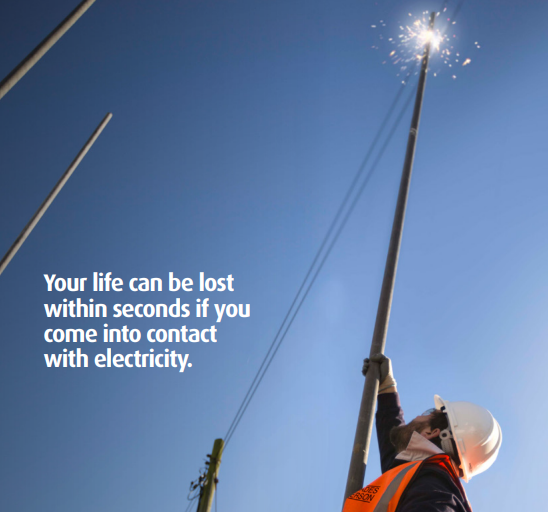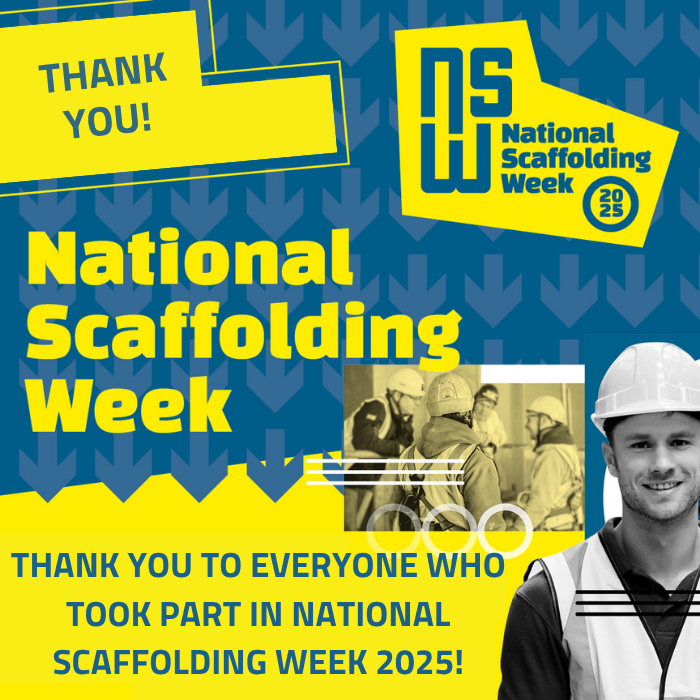Guest Post by UKPN: The Crucial Link Between Scaffolding and Overhead Power Lines
It’s National Scaffolding Week and we’d like everyone to consider the potential danger of coming into contact with electricity when working with scaffolding tubes.

UK Power Networks own and maintain the overhead power lines, underground cables and substations delivering electricity to 8.5 million homes and businesses. This includes 170,000 km of underground cables and overhead power lines, across the East of England, London and the South East.
Sadly every year, I hear of people are killed or seriously injured when they come into contact with high-voltage electricity. Your life can be lost within seconds if you come into contact with electricity. Even if you escape with injuries, it can have a far-reaching and devastating effect on family, friends and colleagues.
Our overhead power lines run across the countryside, supplying local communities with power. The wires can be on wooden poles as well as metal pylons and carry voltages from 230 volts (domestic supply) up to 400,000 volts. Depending on the voltage the wires will be at different heights above the ground. Overhead power lines should be 5.2 metres (17 feet) above the ground, however, associated live equipment fitted on poles may be as low as 4.3 metres (14 feet).
These could be reached when you offload and erect scaffolding tubes, or disassemble them after project completion. Any machinery or equipment that is used near overhead power lines must be considered and controlled to keep everyone safe. There are several different types of scaffolding materials and designs, but whichever type of scaffolding is used, the project planning must start with Safety as the highest priority.
So far this year there have been 15 incidents involving scaffolding and overhead power lines. The risk of these incidents happening could have been reduced if we all encourage an increased focus on concentration, planning and avoiding distractions.
Always remember to:
- Assess your safe working clearances to overhead power lines
- Ensure everyone working on site, contractors and casual workers are aware of the location and voltages of overhead power lines
- Contact UK Power Networks for information on shrouding and disconnections before starting work
- Find out the maximum height of any equipment and machinery when all parts are fully extended
- Clearly signpost the dangers with high visibility warning notices
Finally: Check, look out and look up for power lines before starting work. You can view the UKPN's safety video on overhead lines here - please feel free to share with your colleagues.
*This post was supplied by UK Power Networks for National Scaffolding Week


